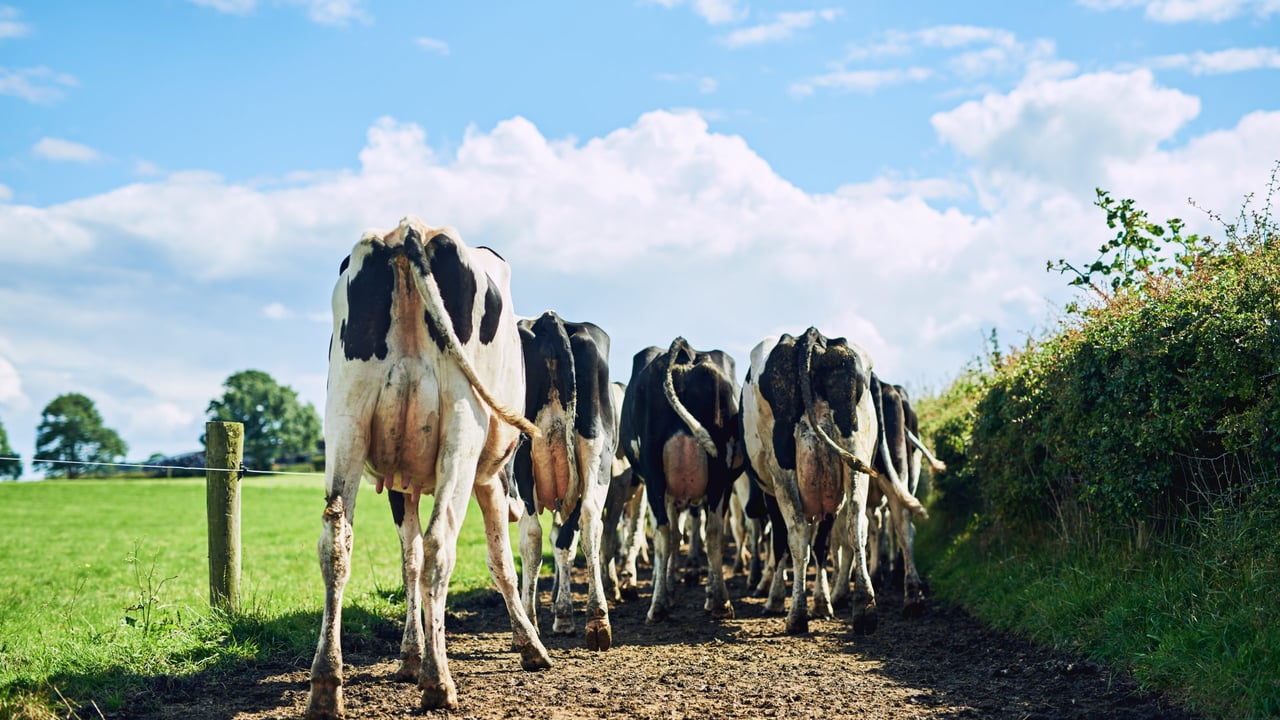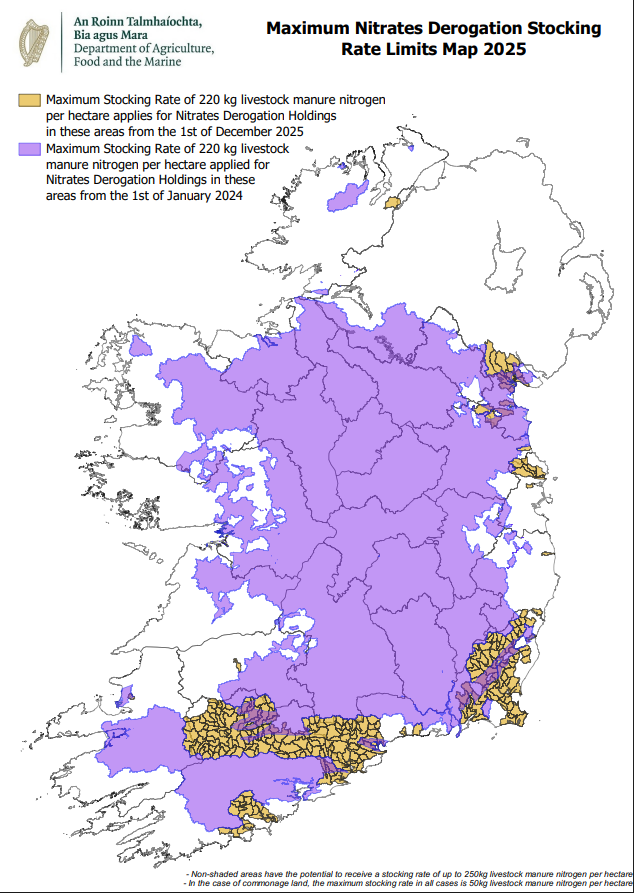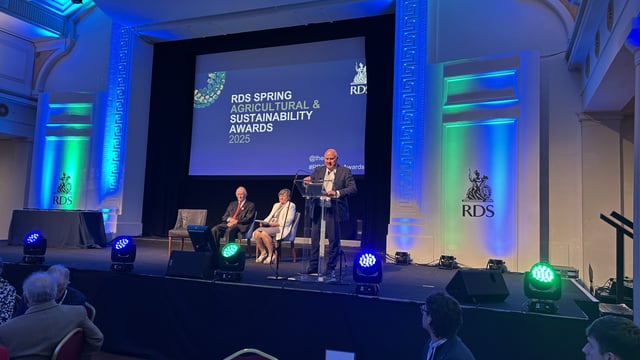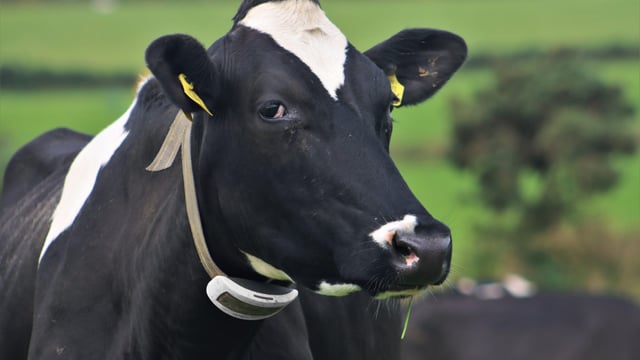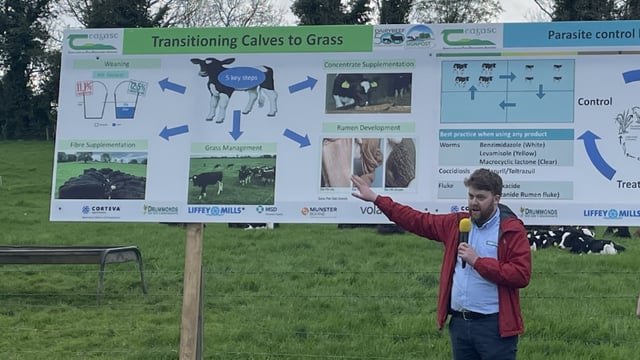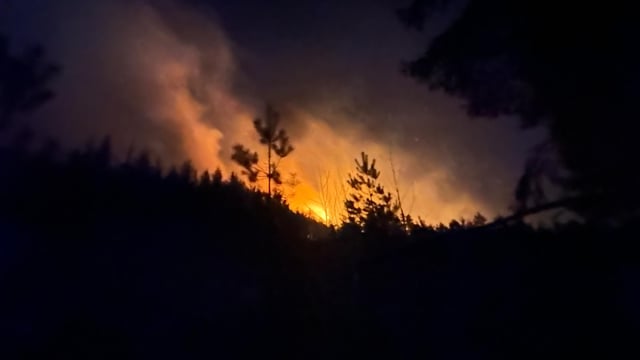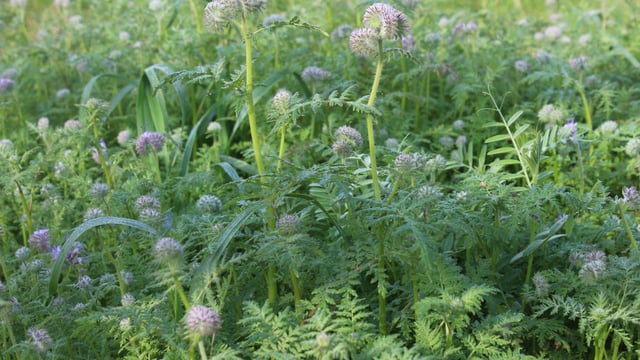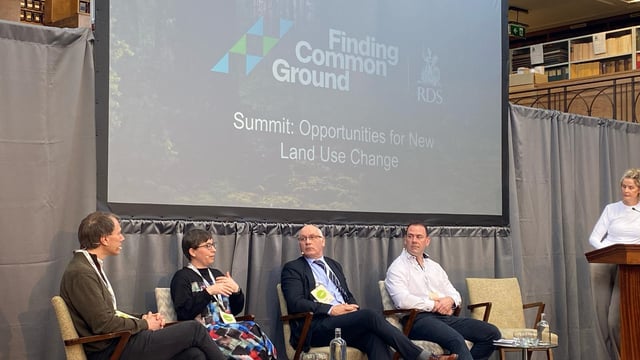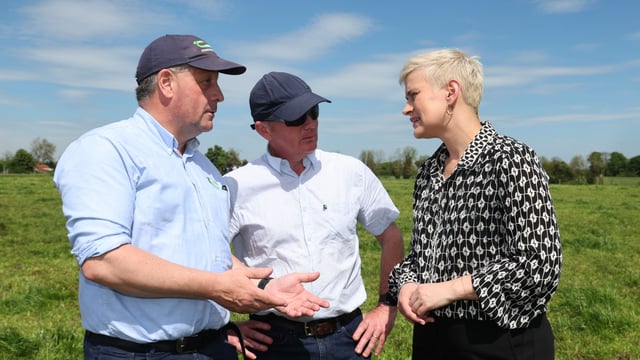Revealed: Nitrates derogation stocking rate limits map 2025
The Department of Agriculture, Food and the Marine (DAFM) has published the maximum nitrates derogation stocking rate limits map for 2025.
The map details the areas where the maximum stocking rate of 220kg livestock manure nitrogen (N) per hectare applies for nitrates derogation holdings from December 1, 2025.
However, the Irish Creamery Milk Suppliers’ Association (ICMSA) has today (Wednesday, April 9) hit out at how the department has communicated the stocking rate limits to farmers.
Nitrates derogation
Eamon Carroll, deputy president of the ICMSA, said the map shows a "significant increase in the 220kg nitrogen per hectare areas, meaning that many more farmers will now have a maximum stocking density of 220kgs rather than 250kgs".
Carroll, who also chairs the ICMSA Farm and Rural Affairs Committee, said it was hugely disappointing that DAFM had "not notified the farmers affected on an individual basis despite the fact it will directly impact them in 2025".
“ICMSA had called for this individual communication to the affected farmers at the last Agriculture Water Quality Group meeting and it is disappointing – to put it mildly - that it has not happened," he said.
"To imagine that just publishing the new map on DAFM's website with the affected areas is sufficient communication is very casual and an inconceivable way to communicate on an issue of such importance to so many farmers.
"As a matter of fact, this should also have been communicated to the Agricultural Water Group too and there needs to be further engagement with the group on a myriad of issues - of which this is one," he added.
Carroll also warned that farmers who have been using their nutrient management plans to allocate where fertilisers will go this year have "been left in the dark as they have been reduced to 247kg N per hectare in total for 2025 due to the interim review".
He said this might seem like a small change for this year but it will be at the "220-mark next year and farmers will be heading into breeding season soon".
“This is really important information that should have been communicated to the farmers concerned in an immediate individual way.
"Just putting it up on a website and expecting the farmers concerned to notice it seems very, very casual and does not treat this matter with the importance that the farmers concerned attach to it," he added.

